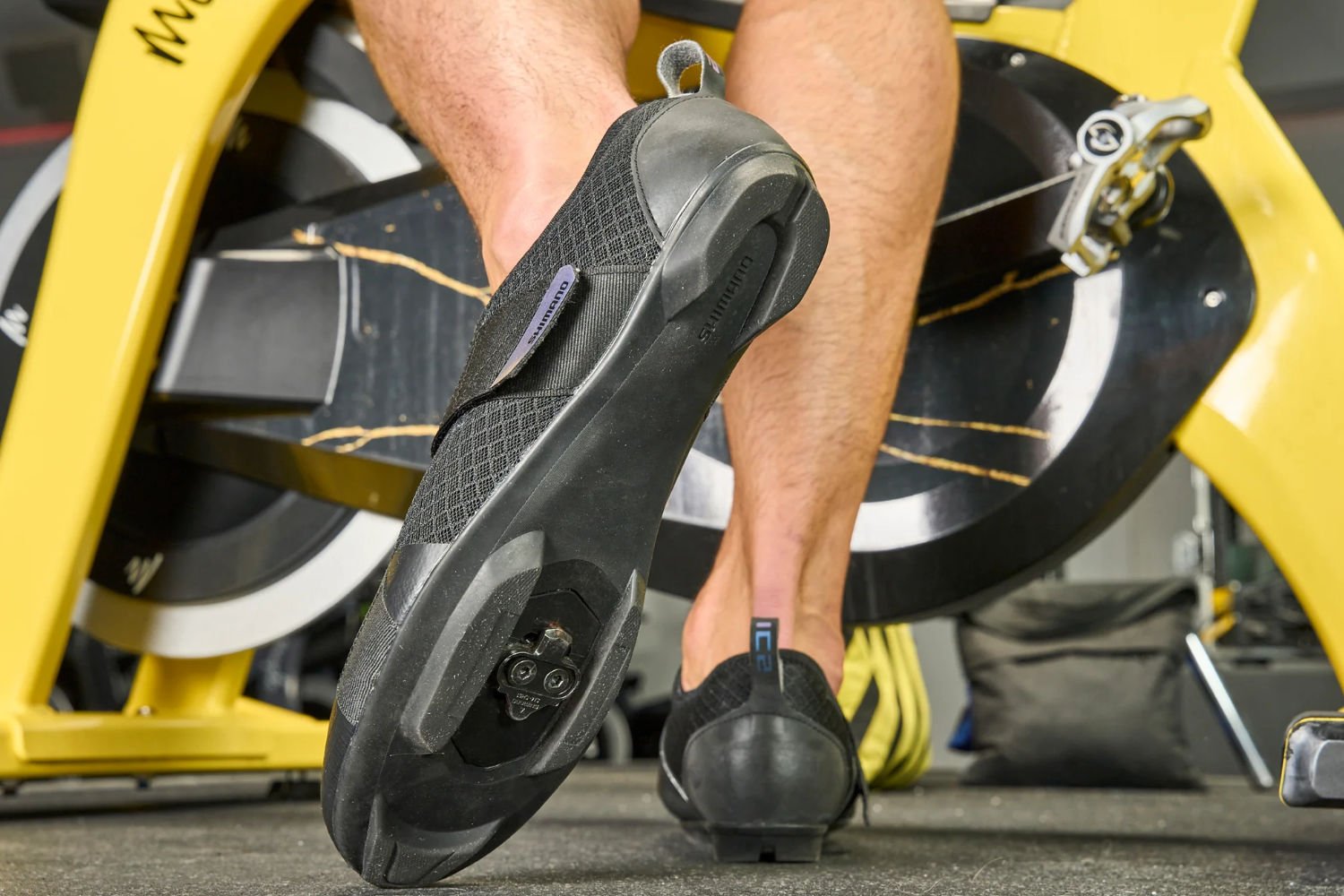If you ride a road bike or mountain bike, you’ve probably noticed that the pedals on these machines are not ordinary. Cyclists use cleats under their shoes to “fix” the shoe to the pedal. Thanks to this system, the energy delivered is optimal. Whereas traditional pedals are only pushed, so-called automatic pedals can be pushed and pulled. When the foot comes back forward, since it is held on the pedal, it is possible to give force to your bike.
This system was democratized in the world of cycling in 1985 when the French brand Look equipped champion Bernard Hinault with such devices. That same year he won the yellow jersey and the Tour de France. Since then, automatic pedals have become commonplace in both the professional peloton and among amateurs. It is possible to find them at very affordable prices.
Robotic pedals
While these automatic pedals have undergone some developments over the last few decades, the models marketed today are very similar to those used in 1985 by Bernard Hinault. So to change this very static world, the Shimano brand has just taken action.
It has just filed a patent with the American authorities. The firm explains that it wants to build robotic automatic pedals. Equipped with a small motor, these pedals could move back and forth and from right to left during exercise. This change in position, which significantly improves comfort, would make it possible to adapt better to the type of exercise being performed.
A sporting advantage ?
While the benefits in terms of comfort are recognized for a change in the position of the foot on the bike, from a sporting point of view, the subject is still debated. Indeed, it would be ideal to position your foot in a certain way to climb a pass, and another to go fast on the flat. It would still be necessary to change your position to sprint. But the vast majority of riders, even professionals, do not do it or very little.
They spend several hours every day riding. Their body thus finds the position that suits it best for each type of effort and the physiological adaptation is more interesting than robotic pedals. At the same time, the use of these pedals could weigh heavily in the balance.
When you consider that not all professional bikes are painted to save weight, you can well imagine that a robotic pedal system, even if it weighs a few hundred grams, would be a major disadvantage for professional riders.
🟣 To not miss any news on the WorldOfSoftware, , .











